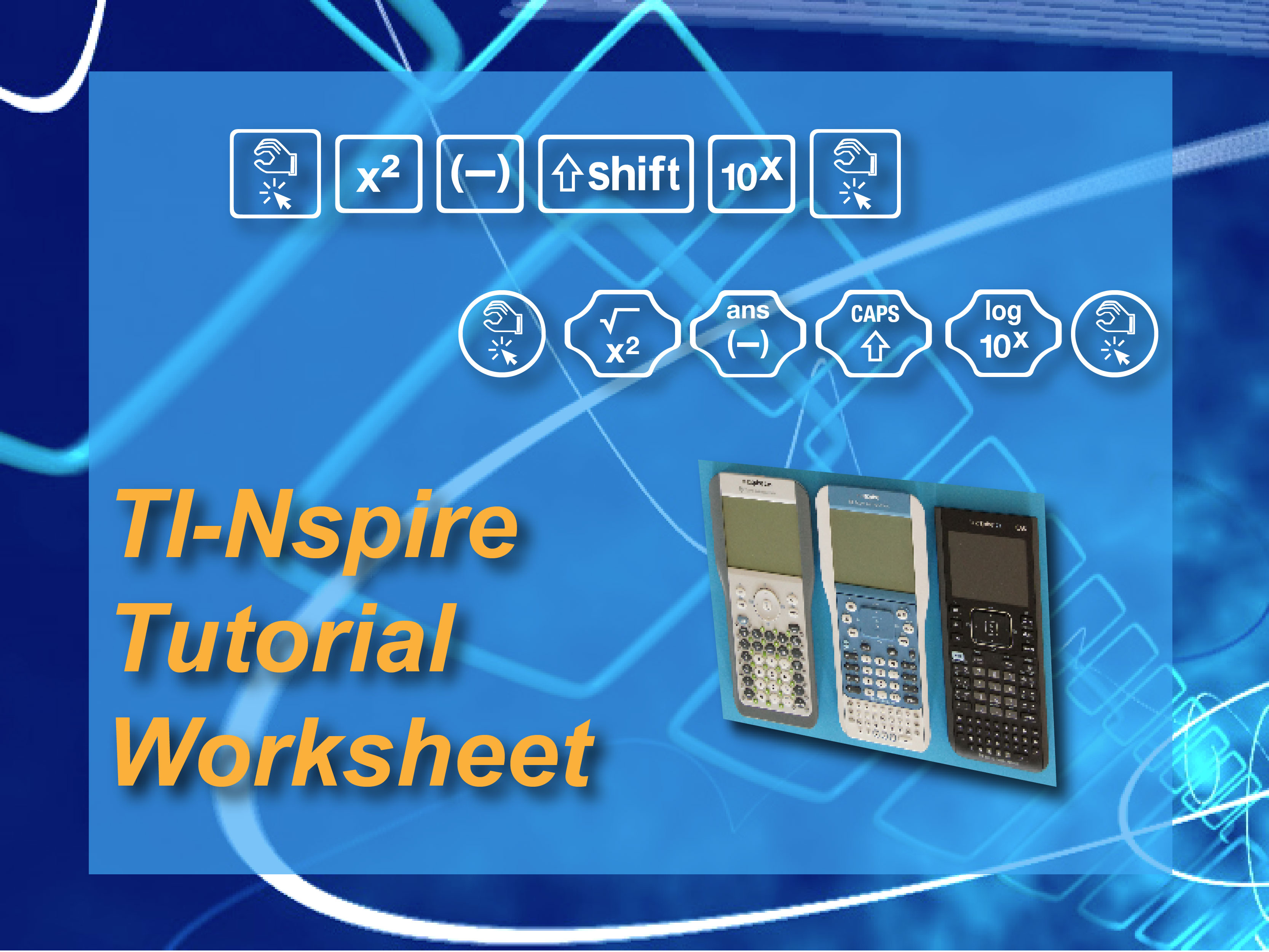
Display Title
Worksheet: TI-Nspire Mini-Tutorial: Composite Functions, Linear to Radical
Display Title
Worksheet: TI-Nspire Mini-Tutorial: Composite Functions, Linear to Radical
What Are Composite Functions?
Modeling Functions
A function machine is often used to model a function. A function machine takes an input value, x, and that results in an output value, f(x).
A composite function occurs when the output of one function is the input value for another function.
Let’s look at some examples. Here is a simple linear function.
Let’s use an input value of x = 2.
Now, let’s take this output value for f(2) and use it as an input value for this function.
Let’s evaluate this function for f(2).
Here’s another way of writing g(f(x)).
With this function the original input value of x = 2 results in the same output.
This is part of a collection of math worksheets on the use of the TI-Nspire graphing calculator. Each worksheet supports a companion TI-Nspire Mini-Tutorial video. It provides all the keystrokes for the activity.
To see the complete worksheet collection on this topic, click on this link.
Note: The download is a PDF file.
Related Resources
To see additional resources on this topic, click on the Related Resources tab.
Worksheet Library
To see the complete collection of Worksheets, click on this link.
| Common Core Standards | CCSS.MATH.CONTENT.HSF.BF.A.1.C, CCSS.MATH.CONTENT.HSF.BF.B.3 |
|---|---|
| Grade Range | 6 - 12 |
| Curriculum Nodes |
Algebra • Functions and Relations • Composite Functions |
| Copyright Year | 2013 |
| Keywords | function table, input, output, functions, composite functions |